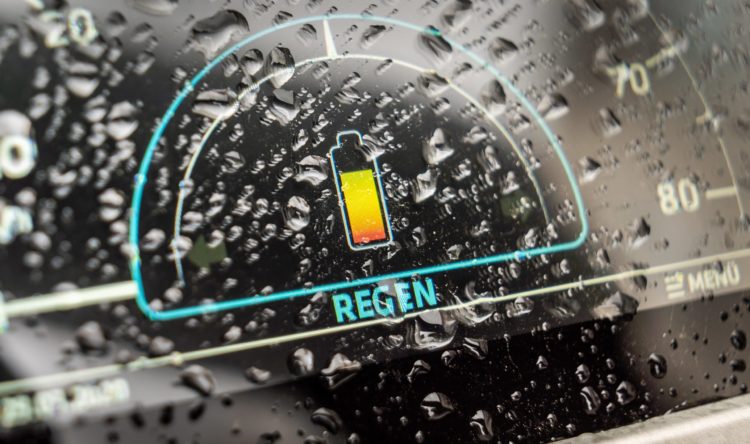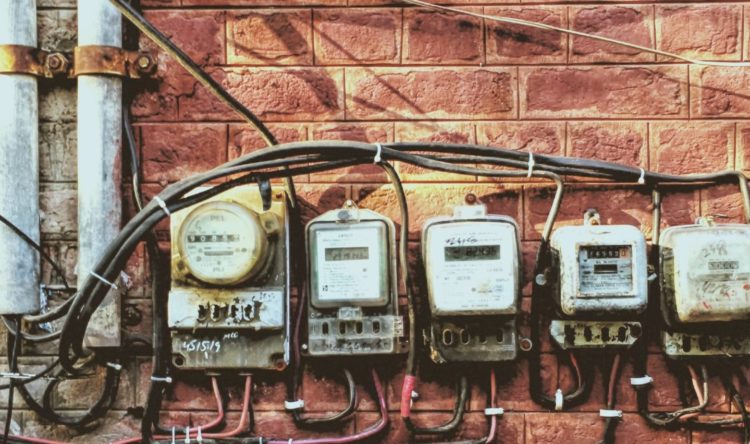Charged up cooled down
As the mercury levels drop, so does the level of charge in EVs
Freezing temperatures could see EV motorists lose more than 30 miles of range.
The sub-zero cold snap along with increased cabin heating could see popular EV models loosing more than 30 miles of range. It is a well known phenomenon that lower temperatures adversely affect battery power.
New data from Vertu Motors finds that a cold snap could cause an EV to lose up to 9% of its range overnight. The main factor is the intense energy usage required to power through the freeze.
| Most popular EV models | Range (miles) before | Miles of range lost | Range (miles) after | Total miles lost | |
| Freezing weather | Cabin heating | ||||
| Tesla Model 3 | 360 | -32.4 | -5.40 | 322.20 | 37.80 |
| Polestar 2 | 335 | -30.15 | -5.03 | 299.83 | 35.18 |
| Volkswagen ID. 3 | 263 | -23.67 | -3.95 | 235.39 | 27.62 |
| Mercedes-Benz EQA | 263 | -23.67 | -3.95 | 235.39 | 27.62 |
| Nissan Leaf | 239 | -21.51 | -3.59 | 213.91 | 25.10 |
| Peugeot e-208 | 217 | -19.53 | -3.26 | 194.22 | 22.79 |
| Hyundai IONIQ Electric | 193 | -17.37 | -2.90 | 172.74 | 20.27 |
| MG ZS EV | 163 | -14.67 | -2.45 | 145.89 | 17.12 |
| MINI Electric | 145 | -13.05 | -2.18 | 129.78 | 15.23 |
| Honda e | 137 | -12.33 | -2.06 | 122.62 | 14.39 |
Keeping warm
Cabin heating is another major issue for EV motorists, with 1.5% of range being lost this way.
Together, the effects of freezing overnight weather and in-vehicle heating could incur more than 30 miles of lost range. Worryingly, that’s all before the car leaves the driveway.
Of the 10 most popular EV cars, the data from Vertu Motors finds the Tesla Model 3 loses the most range (37.8 miles) due to cold weather and cabin heating. That’s the equivalent of a one-way trip from Manchester to Liverpool.
However, considering it also has the greatest amount of range to begin with, it’s perhaps not a surprise that Tesla suffers more.
The Honda e, on the other hand, has just 122.62 miles left on it after sitting in freezing weather overnight and being heated up. The loss is far more significant in real world driving range leaving it just enough to get it from London to Leicester one-way.
Realising charge potential
Other areas that energy losses can easily occur in an EV include using old or worn tyres, accelerating frequently, charging the battery, and parking up.
| EV’s biggest losses | Cause | Percentage lost |
| #1 | Acceleration | -20% |
| #2 | Old tyres | -20% |
| #3 | Charging | -16% |
| #4 | Freezing weather | -9% |
| #5 | Cabin heating | -1.5% |
| #6 | Parked | -1% |
| Total energy loss | -68% |
On a charge
While charging the battery and parking up are unavoidable, there are still ways to mitigate the losses on an EV’s range. For instance, rapid charging points can come in handy when out and about, although they can be expensive.
“Alternatively, try to charge your battery overnight at home”, a Vertu Motors spokesperson suggests. “Energy company electricity tariffs are usually lowest at this time.”
You could also save precious miles by parking in a garage (at home) or a multi-storey car park (when you’re out).
“These indoor areas typically have a more stable ambient temperature than road parking,” says Vertu Motors. This will help “to prevent energy loss.”
But the most crucial – and perhaps the simplest – top tip? Aim to have your EV charged at around 50-80% when parked.
“Lithium-ion batteries (the battery pack used in most modern EVs) lose energy when they are charged 100% and parked up. Leaving 100% charged batteries for long stretches of time could even cause long-term battery damage.”
For further insights, visit the Vertu Motors blog.







